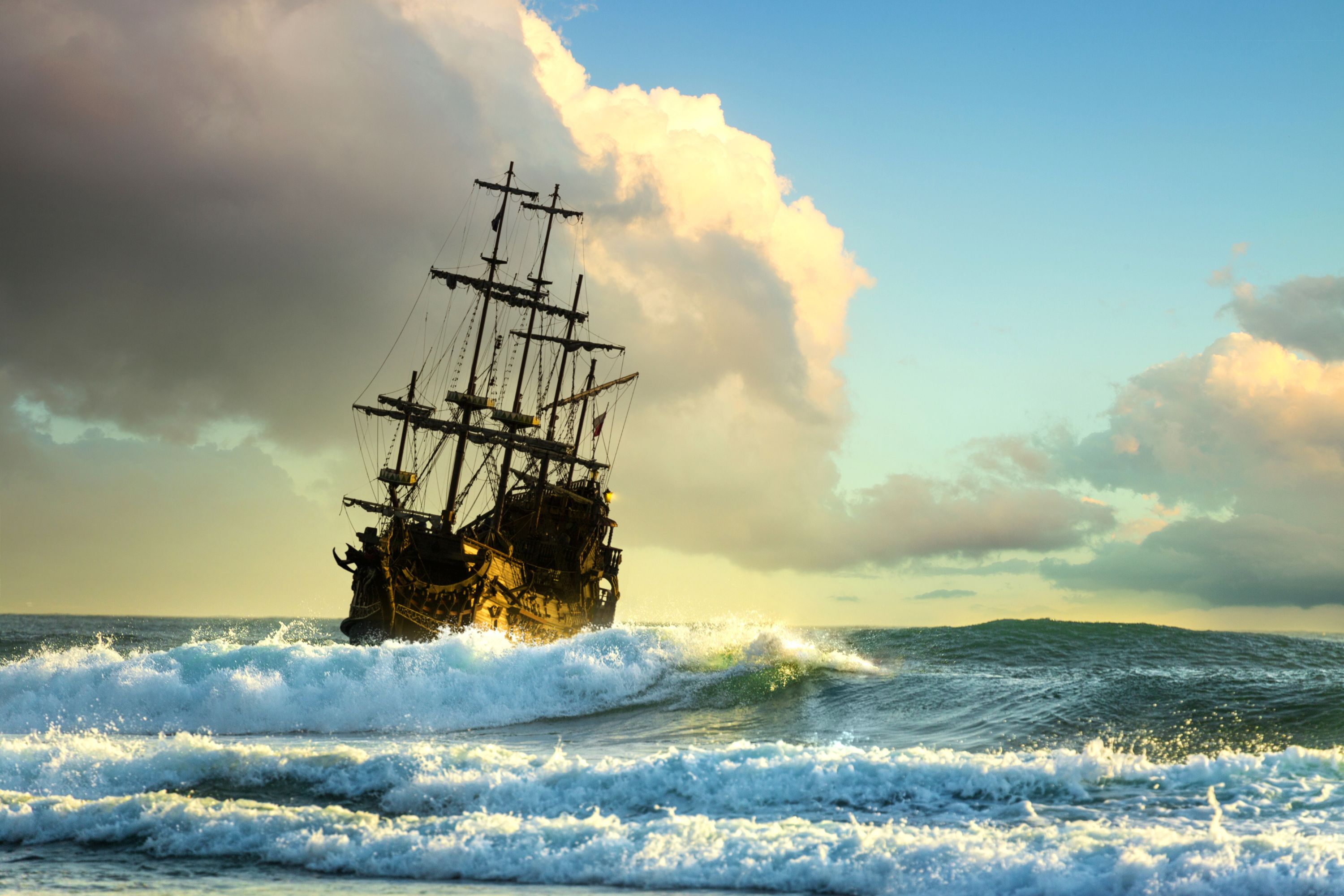The Lucayans Were The First Native Americans Encountered By Christopher Columbus In The Bahamas, But After European Settlers Arrived, They Vanished

Before Christopher Columbus arrived in the Bahamas, many of the islands were occupied by the little-known Lucayan people.
The Lucayans were Indigenous people who were part of the larger Taíno group. They were the first Native Americans encountered by Columbus on his 1492 voyage. After European settlers landed on their island, the Lucayans vanished.
On October 12, 1492, Columbus reached an island in the Bahamas that he named San Salvador. There, he came into contact with the Lucayans.
At the time, they had an estimated population of 20,000 to 40,000 people. They had been living in the area for at least 600 years before Columbus’ discovery. He described them as friendly and peaceful, noting their willingness to trade and their unfamiliarity with warfare.
The Lucayan society was organized into a hierarchy. Communities were led by chiefs who were responsible for political and religious matters. Social roles and responsibilities were assigned based on one’s status in the society.
The Lucayans practiced agriculture, gathering, and fishing, making good use of the marine resources around the islands. They exported crops such as cotton and tobacco for trade.
They also lived in villages in wooden homes with thatched roofs made from palm leaves and branches. Some of these homes could accommodate up to 20 family members. For recreation, they enjoyed singing, dancing, and drinking beer.
The Lucayan lifestyle came to an end following Columbus’ arrival. Within 25 years, the Lucayan population was decimated by disease and enslavement.
The Spanish captured them by using their religious beliefs against them, luring them onto ships under the pretense that they would be transported to an eternal paradise.
proslgn – stock.adobe.com – illustrative purposes only
Sign up for Chip Chick’s newsletter and get stories like this delivered to your inbox.
Instead, the Spanish sent them to work in mines and plantations under harsh conditions. By the early 16th century, the Lucayans were almost completely wiped out. Any remaining survivors assimilated into other Taíno communities.
The legacy of the Lucayans persists through historical records and archaeological findings. Evidence shows that the Lucayans were skilled in creating dugout canoes for traveling and trading with other islands, stone ceremonial stools for chiefs, tools, and pottery made from local red clay and burned conch shells.
Overall, the Lucayans played a significant role in the early history of European exploration. Their story highlights the devastating impacts of European colonization and the resilience of Indigenous peoples.
Welcome to Billionaire Club Co LLC, your gateway to a brand-new social media experience! Sign up today and dive into over 10,000 fresh daily articles and videos curated just for your enjoyment. Enjoy the ad free experience, unlimited content interactions, and get that coveted blue check verification—all for just $1 a month!
Account Frozen
Your account is frozen. You can still view content but cannot interact with it.
Please go to your settings to update your account status.
Open Profile Settings